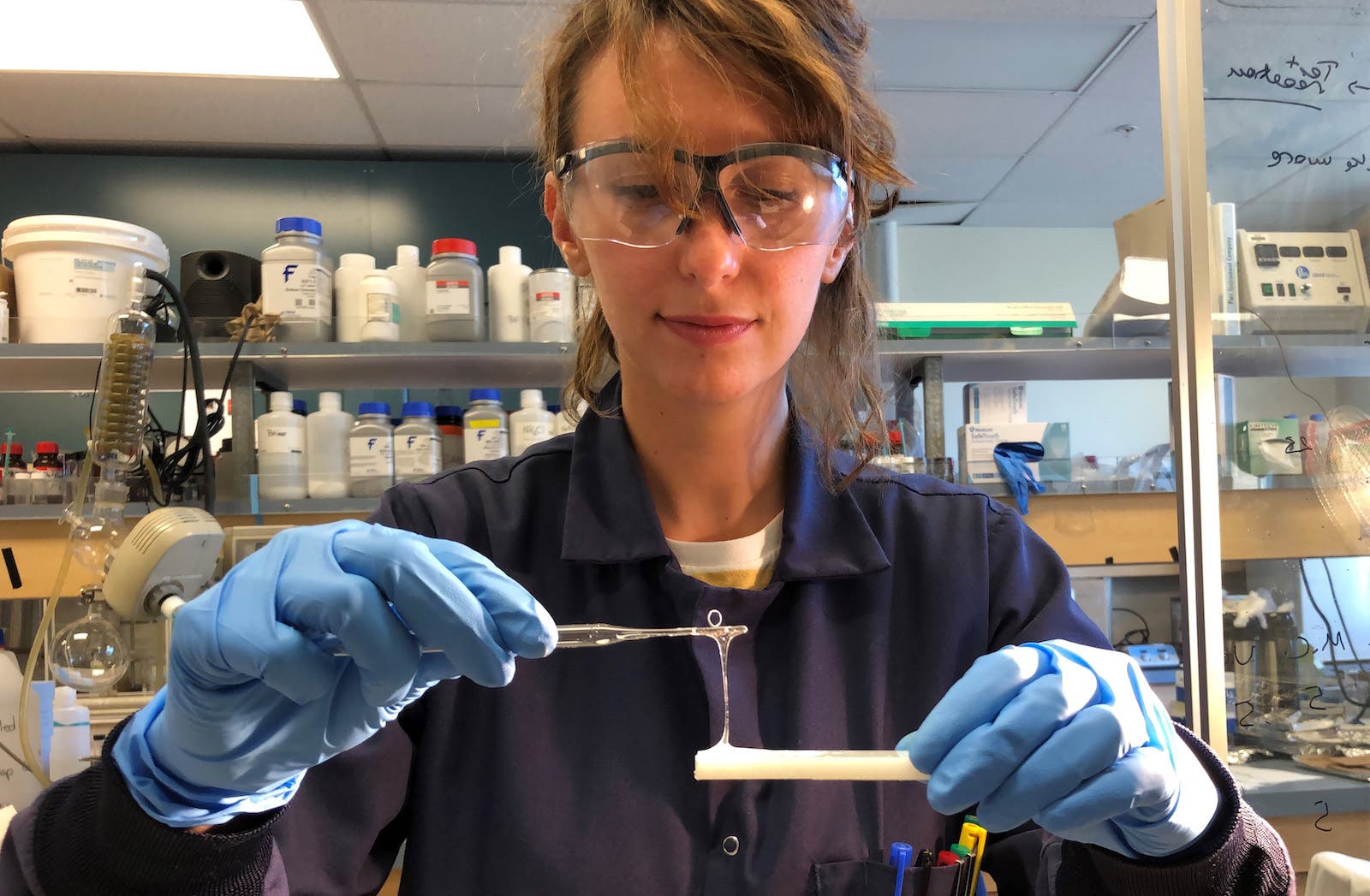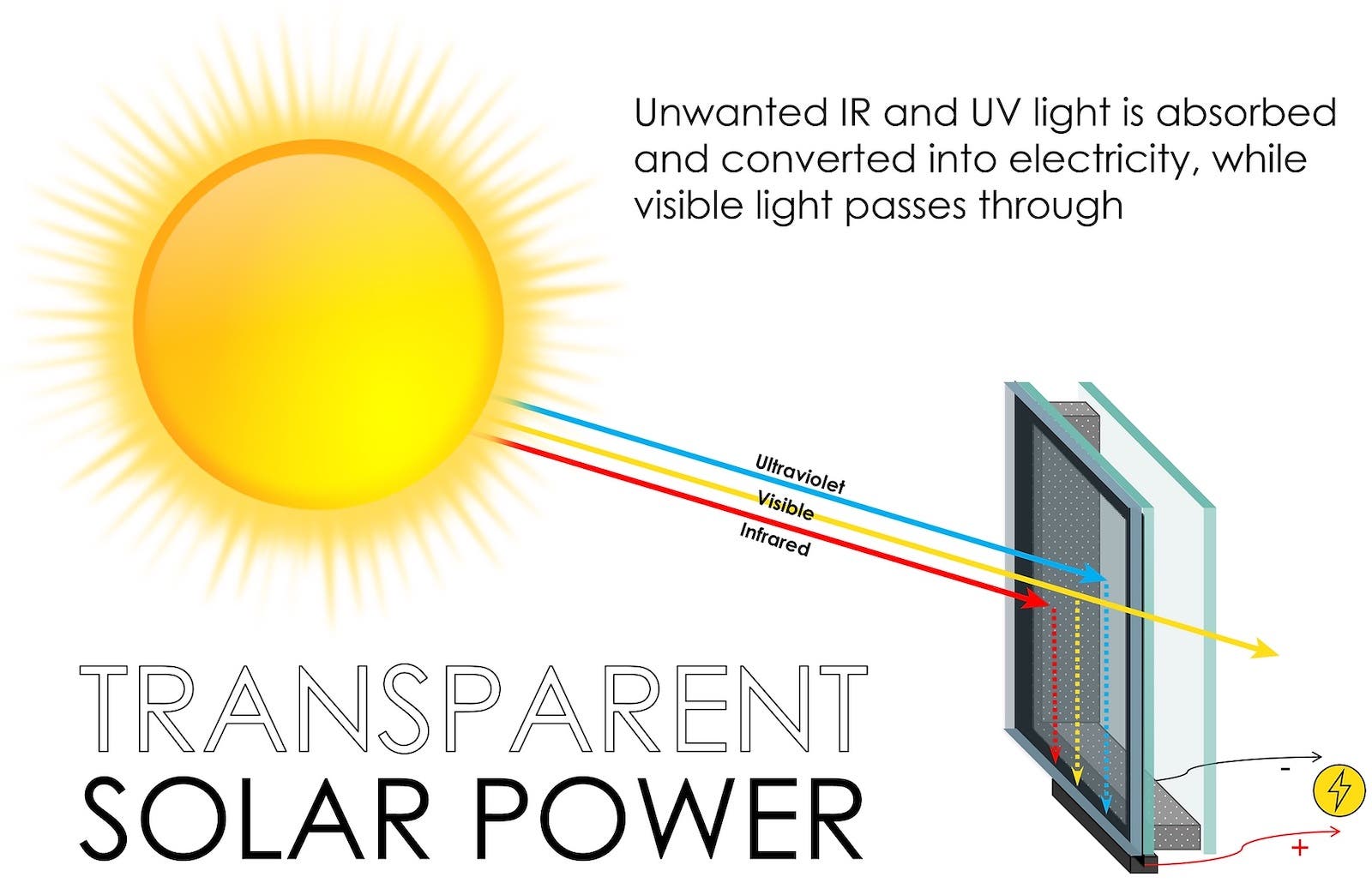Bifacial Perovskite Solar Cells Point to Higher Efficiency
NREL Researchers Calculate Boost From Reflected Light Hitting Back of Device A bifacial perovskite solar cell, which allows sunlight to reach both sides of the device, holds the potential to produce higher energy yields at lower overall costs, according to scientists at the U.S. Department of Energy’s National Renewable Energy … [continued]






